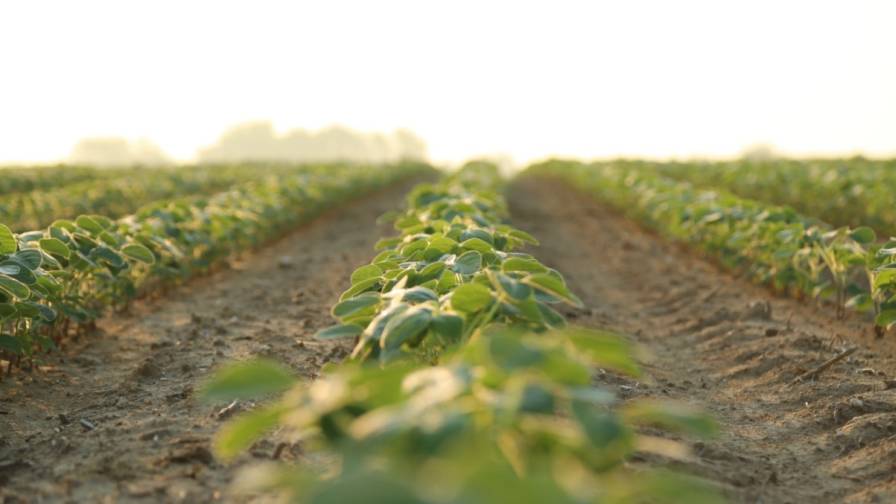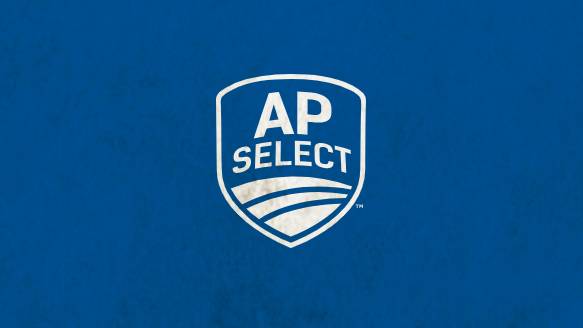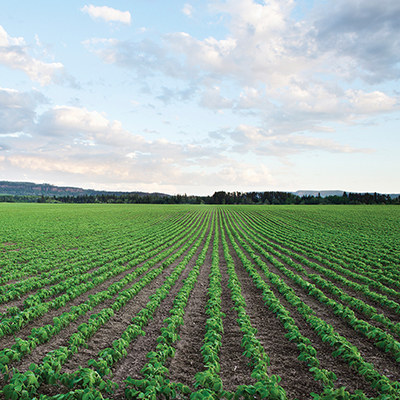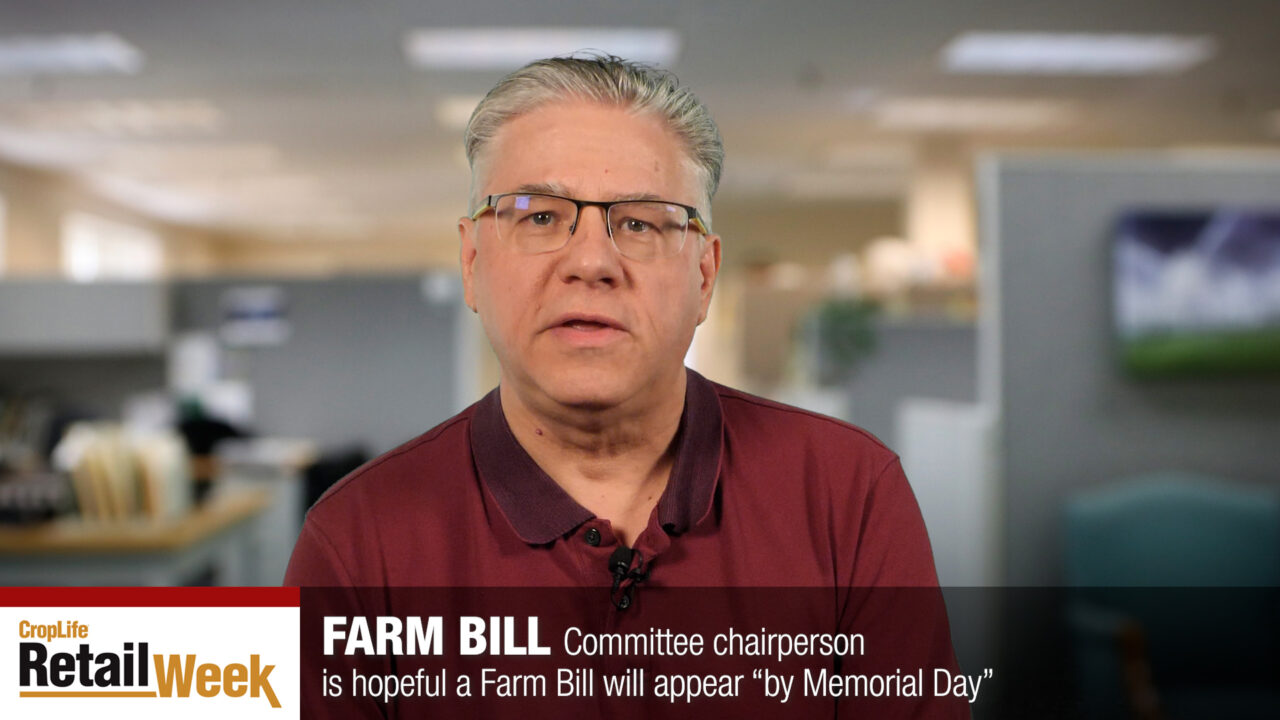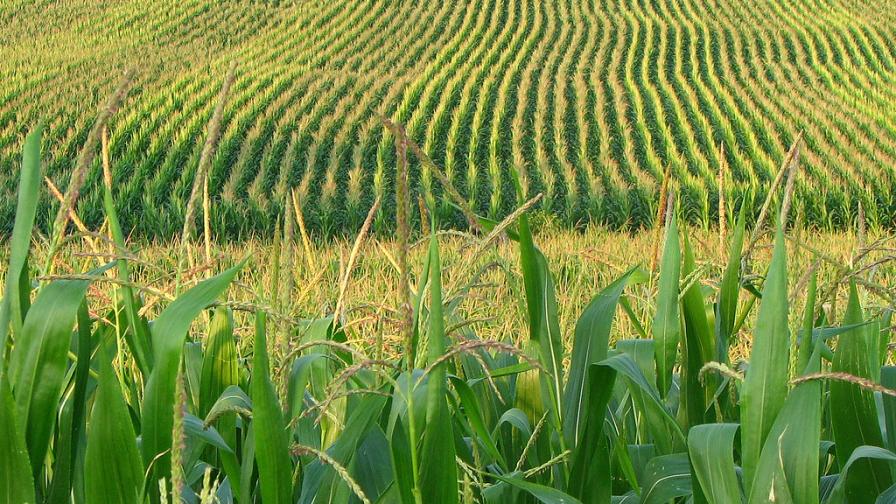The Value Of Residual Herbicides
In systems where glyphosate is not providing the effectiveness of weed control as it has in the past, there’s a lot of value in the use of residual herbicides in the spring, said Bryan Young, professor, Southern Illinois University, during the recent CropLife Media Group Webinar, “Soybeans Under Siege: The Economics Of Early-Season Weeds.”
• Webinar On-Demand: “Soybeans Under Siege” >> Register now
“Growers need to look at soil residual herbicides that diversify their approach to weed management,” he said. “Soil residual herbicides can help manage your risk and improve yield. They also delay the onset of any glyphosate-resistant weed species.”
Delayed applications of glyphosate in soybeans not only affects the return on herbicide investment, but impacts other costs as well, Young said.
“It’s not just about return on your herbicide dollar invested, it’s also about all of the variable costs invested on each acre, including seed, fertilizer, land use, and labor,” he said. “If you can spend more money on residual herbicides, it’s going to return more money on all of your investments.”
Choosing the right residual herbicide to use to manage weeds is also important, Young said.
“My advice is to select a residual herbicide that will address your primary weed species present in the field,” he said. “There are several different soil-residual herbicide options, so make sure you are buying one that is most effective for your target weed.”
Young also discussed field trial results that examined one-pass vs. two-pass glyphosate programs during the Webinar, which was sponsored by Syngenta.
“For long-term weed management, growers can make more consistent, timely applications using the pre-emergent program, followed by post-emergent glyphosate,” he said.

